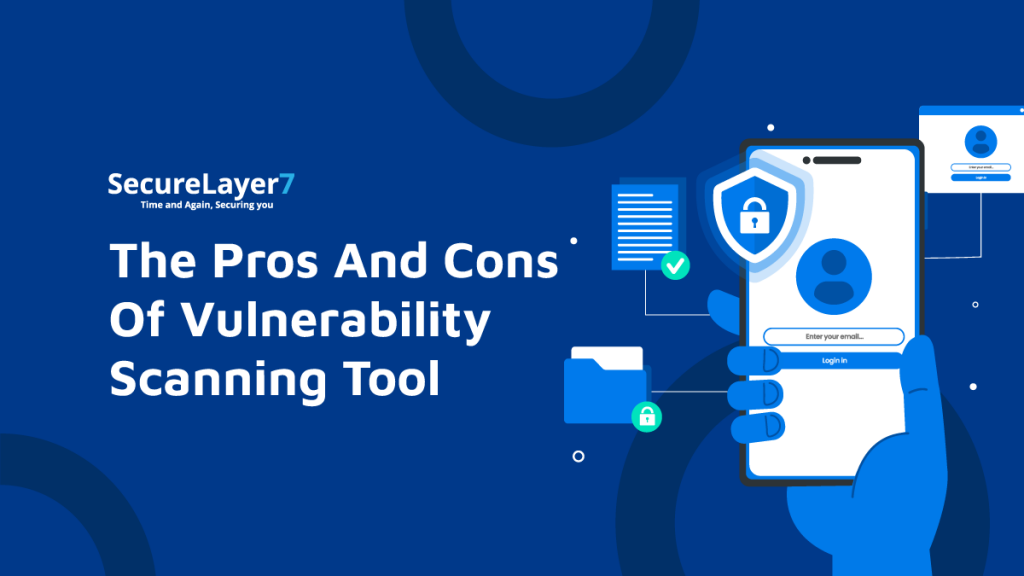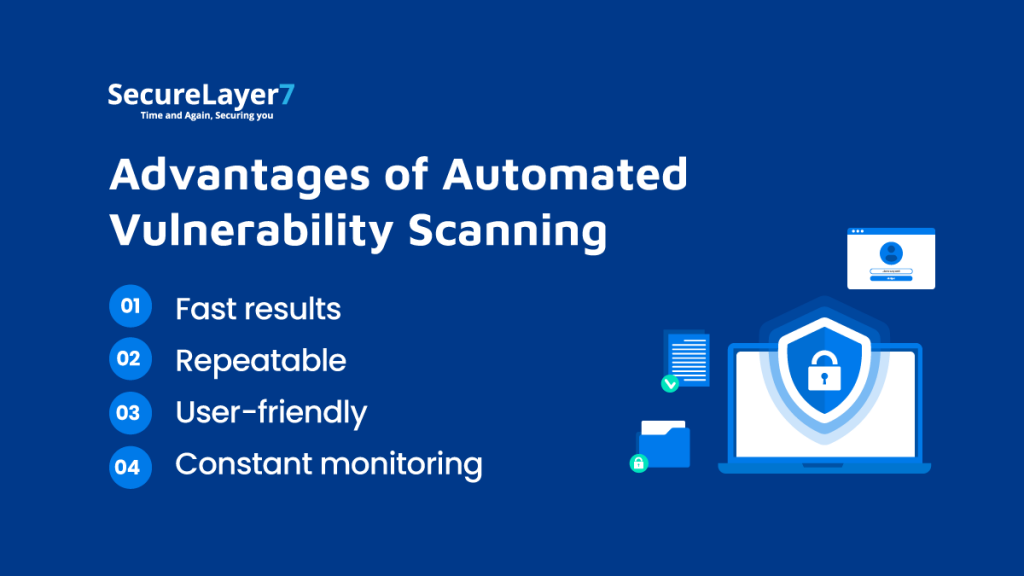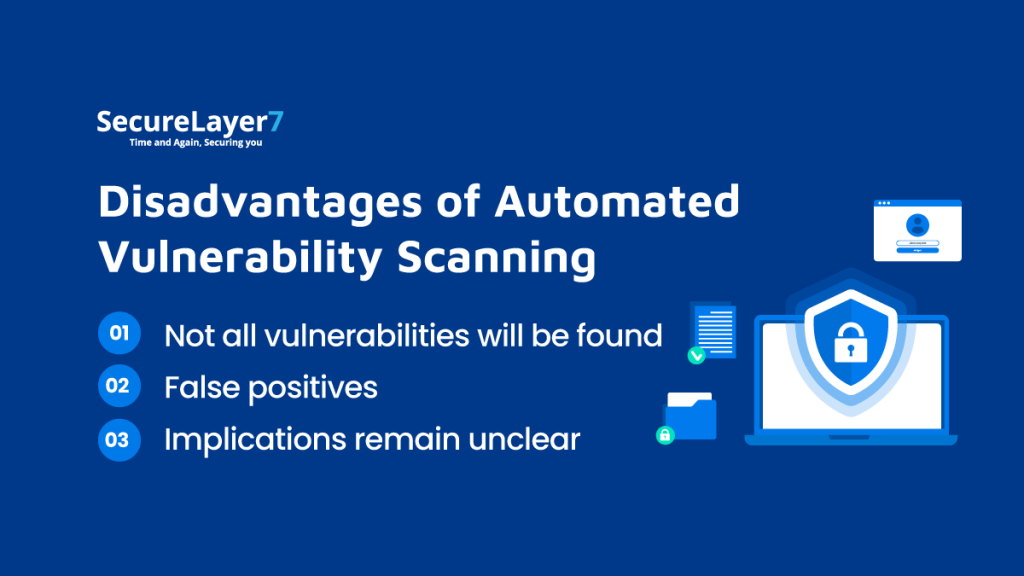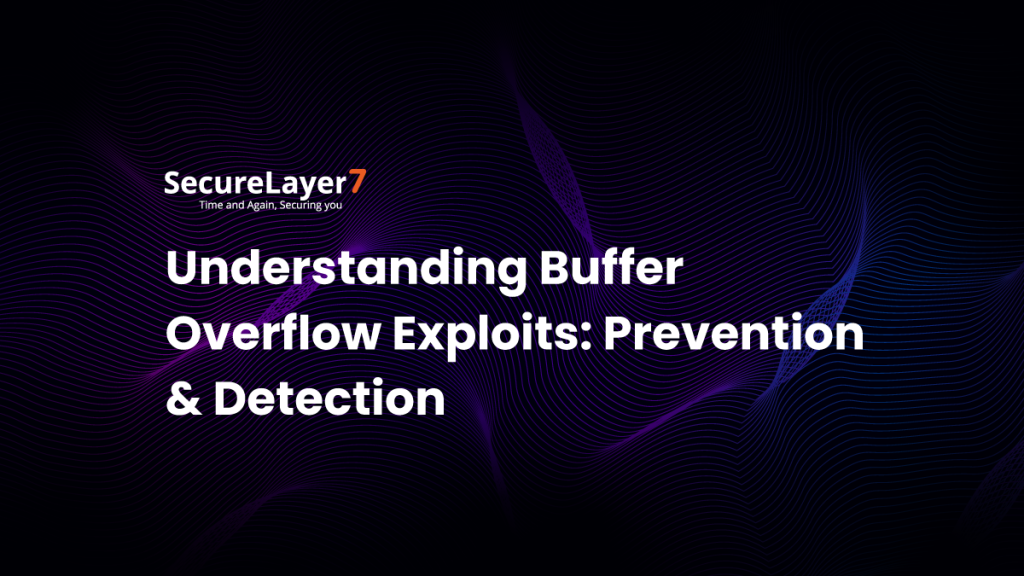
GDPR Compliance Checklist
January 17, 2023
The Power of ChatGPT for Penetration Testing
January 20, 2023
Following the wake of the notorious 2017 Equifax data breach, on March 22nd, 2019, hacker and ex-AWS employee Paige Thompson hacked the prominent American bank holding company Capital One and gained unauthorized access to the private data of 100 million people in the USA and around 6 million in Canada.
Upon examining the attack, investigators found that Thompson successfully perpetrated the exploit through a misconfiguration in the company’s web application firewall. Along with the stolen customer information, the devastating breach resulted in Thompson acquiring the bank’s application data, 80,000 linked bank account numbers, and 100,000 Social Security numbers.
While Equifax and Capital One are prominent large-scale attacks, numerous SMEs face countless minor daily attacks that often go unnoticed.
By employing the best cyber security practices, businesses can combat the increasing frequency and efficacy of such cyber attacks. Automatic vulnerability scanning and penetration testing are some of these practices that are instrumental in helping organizations defend themselves against existing and emerging attack vectors.
This article aims to study the benefits and limitations of automated scanning tools and help you make an informed decision on what means to employ to protect yourself from a potential attack effectively.
What is Automated Vulnerability Scanning?
An automated vulnerability scanning tool is a cyber security software solution that audits your applications and networks for exploitable vulnerabilities. After auditing your systems, the scanning tool performs logging, threat modeling, and remediation on all the identified threats.
An adept vulnerability scanning tool should identify, log, and produce risk assessments on these weaknesses based on their priority and propensity to harm your networks. Their security coverage usually includes servers, computers, printers, firewalls, containers, IoT devices, and firewalls.
Advantages
Here are some of the immediate advantages of engaging in an automated vulnerability scanning tool:

Fast results
The significant advantage of an automated scanning tool is that it can quickly scan and monitor your networks to expose any underlying threats.
Its ability to generate quick reports on immediate vulnerabilities is a great advantage for your business to spot easily overlooked security flaws, such as misconfigurations, that can inflict significant harm.
Repeatable
Although achieving a speedy security report is highly advantageous, the real benefit lies in the control businesses have over the frequency of conducting system scans.
On their terms, organizations can implement a comprehensive system scan to weed out suspected system infections or as a precautionary measure.
User-friendly
An ideal automated vulnerability scanning software should have a user-friendly UI that does not require extensive technical knowledge. When the tool identifies a threat, it performs threat modeling to assess the risk level.
Once it does this, it quickly provides an easily comprehensible report for its operator. The vulnerabilities are then assigned an appropriate threat level to make it easier for businesses to differentiate between high-level and low-level threats.
The user-friendly design and the simplistic threat reporting functionality make it easy for organizations to interpret the severity of the vulnerabilities, systematically implement countermeasures, and significantly decrease their attack surface.
Although this software does not require an organization to hire a dedicated cybersecurity specialist to operate, it is undoubtedly a good practice to do so.
Constant monitoring
The ability to constantly monitor your networks makes automated vulnerability scanning software a solid solution to enhance cyber security. This feature leverages frequently updated threat databases such as Common Vulnerabilities and Exposures (CVE) to safeguard organizations against existing and emerging attack vectors actively.
For this feature alone, automatic vulnerability scanning remains one of the most effective methodologies to keep organizations safe.
Disadvantages
Now that we have explored some of the undoubtedly beneficial features of automated vulnerability scanning, let us dive into some of its shortcomings.

Not all vulnerabilities will be found
While we explored how a vulnerability scanning tool leveraging a frequently updated threat database to identify threats is a boon, it also acts as a double-edged sword to highlight its most significant flaw. Let us show why.
A vulnerability scanner using a threat database can only detect vulnerabilities that have already been identified and documented in the database. It does not cover those yet to be discovered and thus cannot protect you from new threats.
Eventually, these threats reach prominence and are added to the respective databases, by which time newer threats emerge. This problem is a direct result of the ongoing race between cyber security professionals and criminals to use the latest innovations and tactics to stay one step ahead of each other.
Another essential reason numerous vulnerabilities will go unnoticed with automated vulnerability scanners is that these tools can’t always detect complex attack vectors in their current generation of capabilities.
False positives
A vulnerability scanner does not always accurately identify vulnerabilities. At times even unrecognized network traffic may be falsely identified and treated as an exploit. These problems commonly arise because the scanners need substantial information to perform accurate endpoint authentication. Instead, it must rely on the limited information it can derive.
Adding complexity to the problem is that these vulnerability scanners could benefit from human expertise to decipher true and false positives, which most software providers don’t provide. A good practice to mitigate this is employing a professional with adequate experience to sift through the traffic to determine which ones are legitimate and which are not.
Although this approach may be expensive for most SMEs, you may only achieve a high enough security posture if you do so.
Implications remain unclear
Automated vulnerability scanners fail to provide information on the operational implications of a detected vulnerability. Instead, they report the basic attack information and provide limited mitigation options to restore the affected systems.
The potential business ramifications, how to prevent a reoccurrence, and the preventative measures you could employ are solutions that the business has to determine by itself. The only way to solve this is by hiring a cybersecurity professional to interpret the results.
In conclusion, While automatic vulnerability scanning and continuous monitoring keep your organization relatively secure, a single misconfiguration can still lead to disastrous results. The disadvantages of omitting an automated vulnerability scanner speak to this effect.
A more robust solution would be to combine vulnerability scanning with the invaluable human element provided by continuous penetration testing to strengthen your organizational cyber security.
Go beyond checklists and scanners with continuous pentesting
SecureLayer7 helps customers to spot high-risk business vulnerabilities that could lay waste to their systems if not adequately addressed. Through our software, we can help you identify all authentication, authorization, and logic vulnerabilities that may result in data breaches.
Our penetration testing services include the following:
- Application testing.
- Mobile app penetration testing.
- Thick client penetration testing.
- VOIP penetration testing.
We additionally help SMEs securely maintain their cloud infrastructure by detecting and quarantining vulnerabilities in AWS, Azure, and Kubernetes systems at a reasonable price.
Our network security service ensures that your corporate infrastructure complies with industry regulations and follows the best network security practices reducing the risk of attacks on devices and servers.
SecureLayer7’s server hardening feature limits attacker entry points by preventing them from gaining access through unsecured ports. Server hardening is done by disabling unnecessary services and blocking unutilized protocols and ports.
We are renowned amongst enterprises and SME organizations that use our penetration testing application to perform and act on continuous pen tests. Contact us now to find out more.


